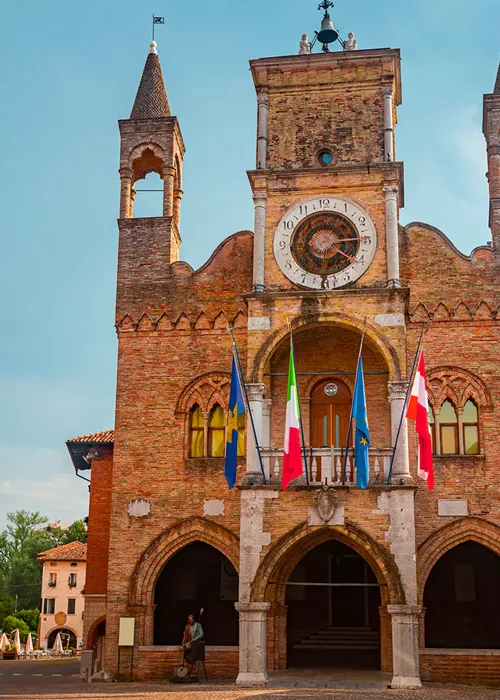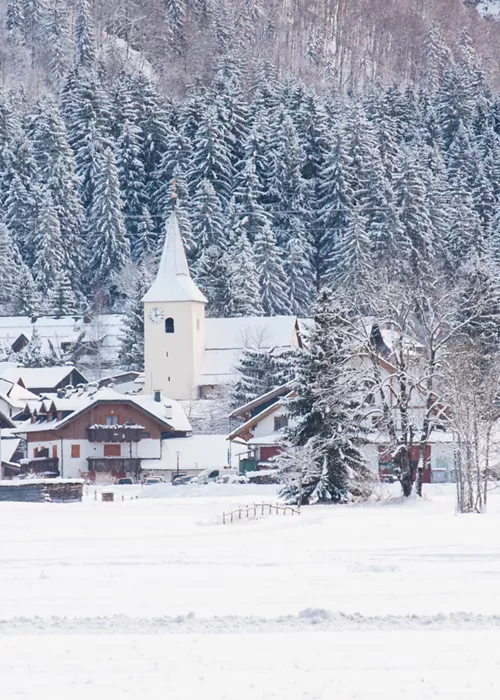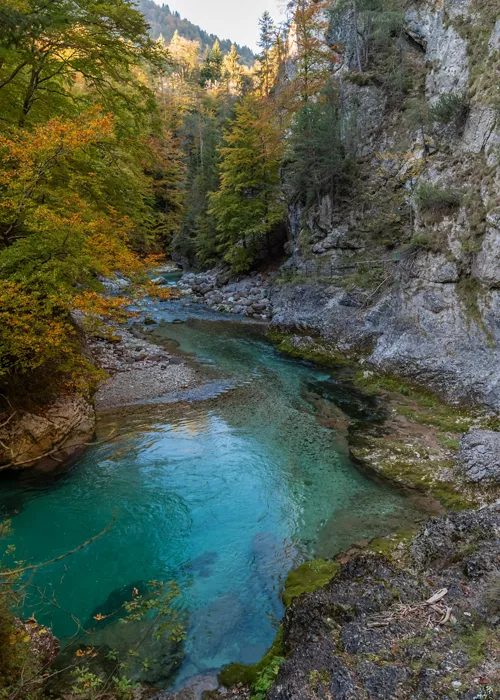The Vajont dam: a monument to memory and nature
3 minutes
Nestled in the spectacular scenery of the Friulian Dolomites, the Vajont Dam bears witness to both human ingenuity and arrogance towards nature.
Built to supply electricity to the valleys by harnessing the waters of the Vajont torrent, on 9 October 1963 the dam caused a landslide from Mount Toc, located close to the torrent, which fell into the artificial lake created by the dam. The resulting wave completely devastated Longarone and part of the villages of Erto and Casso, causing almost 2,000 casualties.
The history of the dam

The Vajont torrent flows through the valley of Erto and Casso (now in the province of Pordenone) and joins the Piave river in front of the village of Longarone, which is in the province of Belluno.
The story of the economic exploitation of its waters has distant origins: the first proposal, followed by several others, dates back to the early 1900s. However, the actual project for the construction of what was to become the largest dam in the world dates back to about fifty years later: work began in 1957, without ministerial authorisation, which only arrived in 1959 when the work was already well underway.
The damming of the Vajont torrent was intended to create a large reservoir for hydroelectric power generation.
The construction company was Sade (Società Adriatica di Elettricità).
The dam, 261 metres high and 190 metres long, became an artificial colossus in the valley: a symbol of power, representing man's confidence in his ability to dominate nature.
Tests and warnings

In September 1959, once the dam was completed, reservoir tests began. Accidents in nearby plants prompted Sade to carry out a series of checks, which identified unstable movements on the side of Mount Toc, under the surface of which slow subsidence was noted: in practice, it was an ancient landslide, with a front of 2.5 km. In November 1960, a block of 700,000 cubic metres of rock fell into the reservoir, generating a wave about 10 metres high. Fortunately, there were no casualties. The spillway and reservoir tests continued, causing further movements of the landslide. Sade and the ministerial control commission ignored or minimised these signs. On the contrary, the objective was to test the dam to its maximum capacity: once 700 m had been reached, it was decided to continue with a further increase in the level of the reservoir, bringing it to 715 m above sea level.
The disaster

On 9 October 1963, at 10:39 p.m., an enormous mass of rock, estimated at around 260 million cubic metres, broke away from Mount Toc and crashed into the artificial lake created by the Vajont dam. The resulting wave rose tens of metres up the opposite slope, overflowed the dam itself and swept down into the valley below, engulfing Longarone and the neighbouring villages.
In a matter of minutes, 1,917 people died, 400 of whom were never found. Entire villages disappeared under a huge wave of water and debris that swept away houses, roads and human lives.
The role of the state
In the history of the Vajont disaster, the creation of Enel in 1962 was a decisive factor: Sade was interested in selling its plants to the new state-owned company and for this reason, despite evidence and investigations revealing the possibility of catastrophic situations, this information was not communicated to the ministerial commission. Enel therefore purchased the Vajont plant in March 1963 and proceeded as Sade had begun, ignoring the concerns expressed by local municipal administrations, the Provincial Council of Belluno, the Piave River Basin Assembly, some journalists and committees involving hundreds of citizens.
The aftermath of Vajont was a long period of civil turmoil: trials, disputes, acknowledgements and renunciations. The state found itself simultaneously victim and perpetrator, judge and defendant.
Vajont today

The Vajont disaster did not cause any particular damage to the dam, which is still standing today as a memorial. However, the traces of the tragedy are indelible in the area: first and foremost, the immense landslide and the remains of buildings, which the inhabitants of the valley regularly clear of weeds.
For those who want to learn about the history of this event, the Friulian Dolomites Park has set up an exhibition inside the Erto and Casso Visitor Centre and organises guided tours of varying lengths to the dam crest and other significant places: the former construction site, the path at the foot of Mount Toc, and the forest that has grown over the landslide. The villages of Erto and Casso, with their typical architecture, are also worth a visit.

































